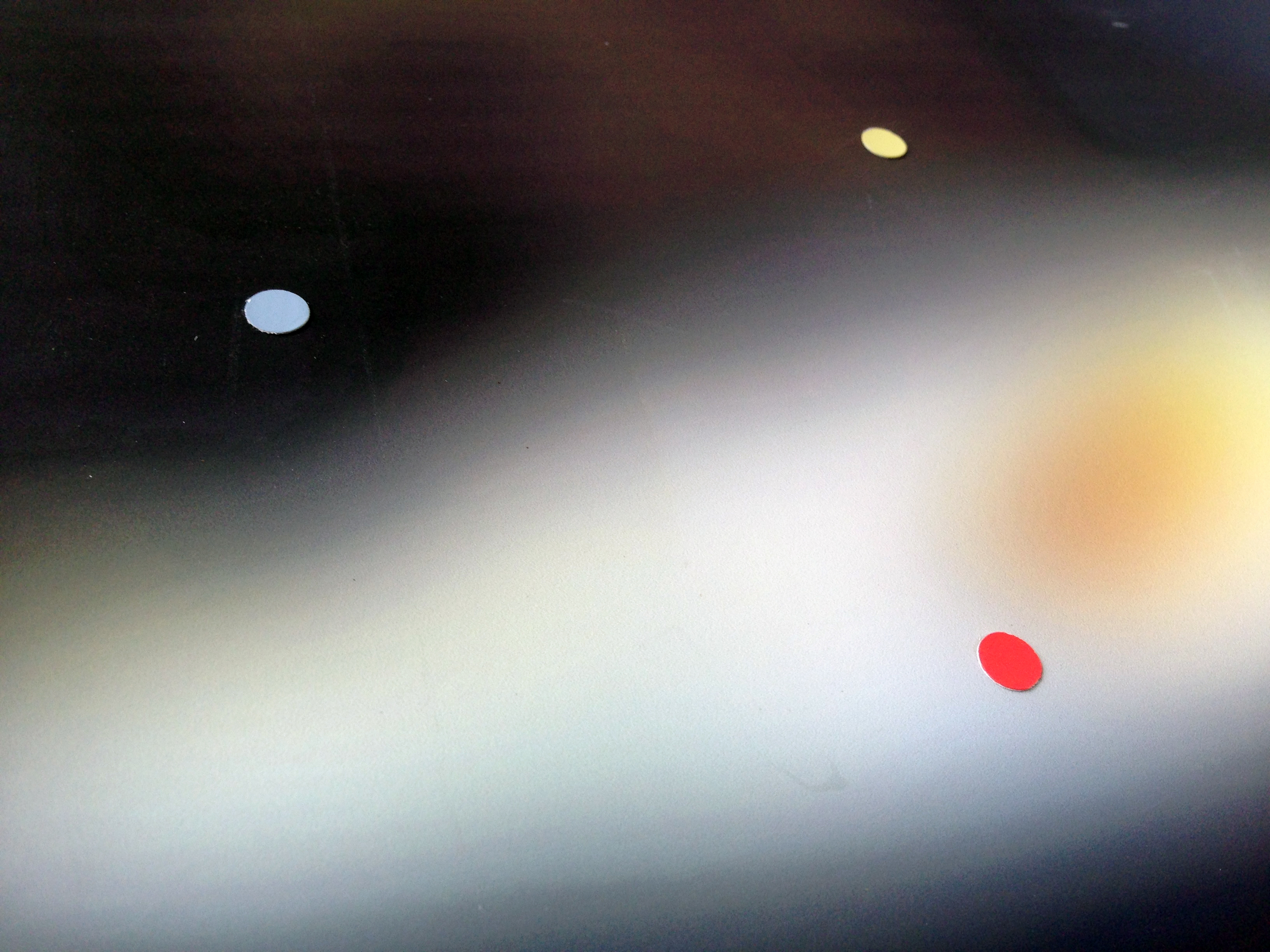

Giclée Prints mounted on birch plywood with gouache painted dots. 12”x19”.
Speckled Trout Prints
“ Where the water is clear and cold, bright colors can be seen. There is an advantage to this. Trout are territorial, and males and females aggressively defend feeding stations. They flash their colors in lateral and frontal threat displays, and if that doesn’t work to push off an intruder, they nip and chase each other to defend their position in a stream.

Color and pigment patterns seem to matter during fall spawning, too. The fins and bellies of brook trout, like the maple leaves above, turn orange in the fall. While shortened day length triggers spawning behavior, it’s the trout’s heightened color that brings on the aggression as males vie for the opportunity to be closest to an egg-laying female. The largest, most brightly colored males will most effectively fend off the peripheral males.

Bright color can be a disadvantage, of course, especially to an animal that must be constantly wary of predation from above. So trout have evolved a two-toned skin. The bright threatening flash of their silvery sides – in rainbow trout the silver is superimposed by a brushwork of red – contrasts with a dark back, engraved with ornate markings called vermiculations. These speckled patterns break up reflected light, merging trout with the gravely substrate below. In moving water, trout are nearly invisible from above.”
From Tim Traver’s How the Trout Got Its Spots
